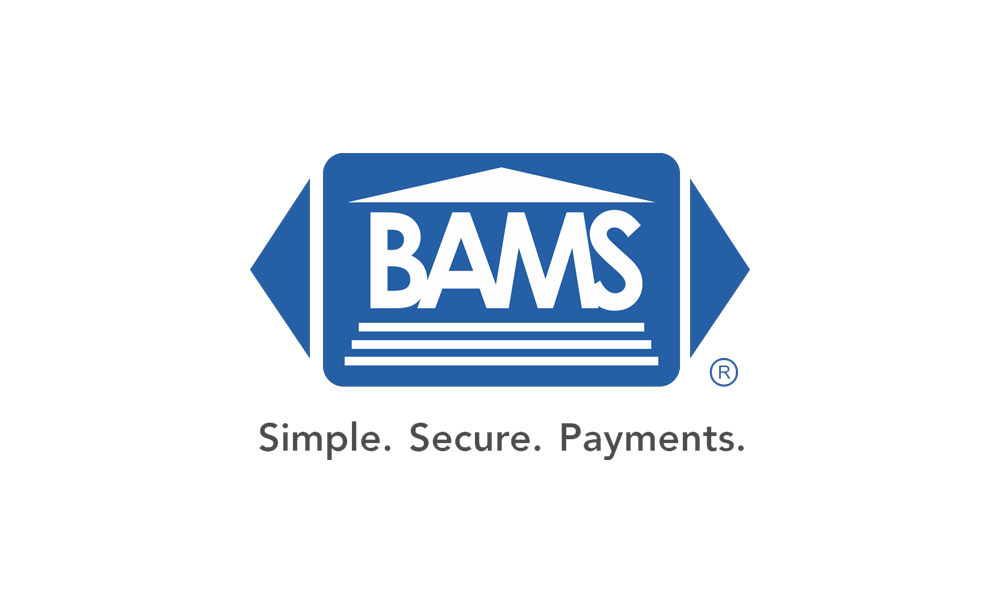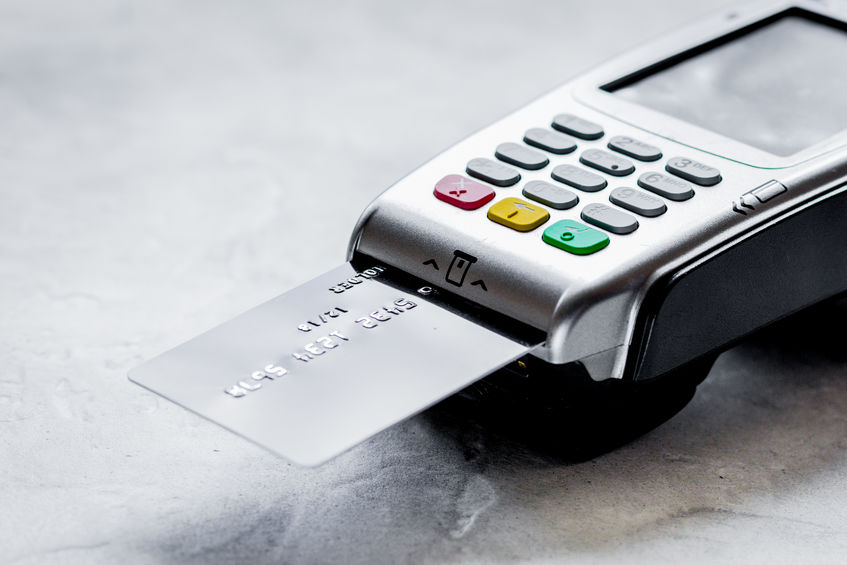Apple Pay Adoption Challenges in 2022 and Beyond
Apple Pay and other digital wallets, like Google Pay and Samsung Pay, are mobile payment technologies that allow users to pay for things with a simple tap of their phone or the click of a single button online. They offer speed, convenience, and, thanks to built-in biometric ID, heightened security. It comes as no surprise that digital wallets are already widely available and are projected to be used by half the world’s population by 2025.
Apple Pay is designed specifically to be fast and easy for end-users, and while the same can be true for merchants, there are still some challenges and hurdles that some businesses will have to overcome to begin offering digital wallets to their customers. Those potential hurdles include integrating with existing ecommerce setups and interoperability issues with certain payment hardware. In both cases, merchants with the right systems can often begin offering Apple Pay in a matter of seconds, but merchants with older systems or ones not designed with digital wallet adoption in mind may have to jump through some additional hoops.
Ecommerce Setup
Ecommerce applications make up the vast majority of digital wallet uses, and it’s becoming increasingly important for merchants to offer their online customers Apple Pay and Google Pay at a minimum. Digital wallets enable shoppers to store their sensitive payment information on their own devices and checkout with a single click without the need to log in to an ecommerce site – a huge reduction in checkout friction that represents a real improvement in the online shopping experience.
Merchants using robust ecommerce platforms like BigCommerce or WooCommerce enjoy a pre-built Apple Pay integration that makes enabling digital wallet payments a matter of a few clicks in the backend user interface. However, merchants using older systems like Magneto or custom-built checkout or payment modules have to do a little bit of new development to get started.
First and foremost, Apple Pay doesn’t work with all payment processors or gateway systems. Merchants will have to ensure they have compatible payment solutions by referencing Apple’s country-by-country list of approved processors and gateways. Luckily, the vast majority of top payments companies work seamlessly with Apple Pay, but merchants working with an unsupported processing partner may have to make a change.
Merchants looking to create custom Apple Pay integrations for apps or websites will also have to navigate some development hurdles, including registering a merchant ID with Apple, creating a payment processing certificate, and ensuring all of their work, their website, and their branding meet Apple’s acceptable use guidelines. It’s a big job that might deter even large merchants from integrating Apple Pay on the web. However, the good news is that the average merchant utilizing off-the-shelf ecommerce systems can likely access Apple Pay without having to worry about development whatsoever.
Hardware Upgrades
Apple Pay’s in-store adoption has been slow, with only about 6% of the users with access to it opting to use it for brick-and-mortar shopping. However, despite slow consumer uptake, over 85% of retailers in the United States alone accept Apple Pay for two major reasons: first, more payment options is never a bad thing, and second, with the right hardware, accepting Apple Pay isn’t just easy, it’s instantaneous.
Apple Pay uses contactless technology similar to (but different from) the contactless chips contained in most debit and credit cards today. As a result, any merchant with a payment terminal set up to accept contactless EMV payments can automatically begin accepting Apple Pay as well, assuming they use one of Apple’s approved payment processors. In essence, if a business can accept a tap card payment, the odds are they already offer Apple Pay, whether they know it or not.
On the other hand, smaller businesses operating older payment hardware that isn’t tap enabled have a decision to make. Accepting Apple Pay would require a payment hardware upgrade, which may come with costs that a business owner will have to weigh against the utility digital wallets offer. However, there are plenty of reasons upgrading payment hardware makes sense, not the least of which is that tap payments are rapidly becoming a consumer favorite in a post-pandemic world, and most merchants should be looking to offer them anyway.
Where to Get Help Setting Up Apple Pay
Merchants looking to start offering Apple Pay or other digital wallets to their customers should look to their payment processing partners as a first line of assistance. A dedicated support specialist should be able to quickly tell the merchant whether their existing in-store payment terminals or online systems offer native Apple Pay support and, if not, what kind of upgrades need to be done to get started. In many cases, a payment processor can also offer merchants the new contactless hardware or online gateway services they need at the best possible prices and with minimal business interruption.
BAMS is a leading payment processor that offers our merchants a full line of Apple Pay-ready processing services, gateways, and contactless EMV payment hardware. Our dedicated account managers can walk merchants through the process of integrating Apple Pay with their existing systems or help them identify opportunities for upgrades. Once set up, our interchange-plus pricing model ensures merchants will always pay the lowest transaction fees possible on every sale, whether via Apple Pay, credit, or debit, both in-store and online.
To find out more about BAMS and how our merchant services can help you save money and offer your customers more payment options, get started with your free five-point price comparison today.




